
www.mr.mpg.de/14662972/erc...

www.mr.mpg.de/14662972/erc...
D-CHAB @ethz.ch
www.nature.com/articles/s41...

D-CHAB @ethz.ch
www.nature.com/articles/s41...
=> Fast, stepwise reagents for HaloTag-to-SNAP-tag heterodimerisation without a hook effect
Now preprinted: doi.org/10.1101/2025...
Congratulations to Philipp Mauker & the CHalo Crew for programming with HaloTag!
#chembio #fluorescence #friday

=> Fast, stepwise reagents for HaloTag-to-SNAP-tag heterodimerisation without a hook effect
Now preprinted: doi.org/10.1101/2025...
Congratulations to Philipp Mauker & the CHalo Crew for programming with HaloTag!
#chembio #fluorescence #friday
🧵
Is it impressive? Yes
Is it new? No
Should you use it? Probably not.
www.cell.com/cell/fulltex...

🧵
Register now for our webinar on Wednesday, October 1, 15:30 CEST: link.abberior.rocks/sampleprep
#MINFLUX #SMLM #superresolution #SamplePrep

Register now for our webinar on Wednesday, October 1, 15:30 CEST: link.abberior.rocks/sampleprep
#MINFLUX #SMLM #superresolution #SamplePrep



www.biorxiv.org/content/10.1...

www.biorxiv.org/content/10.1...

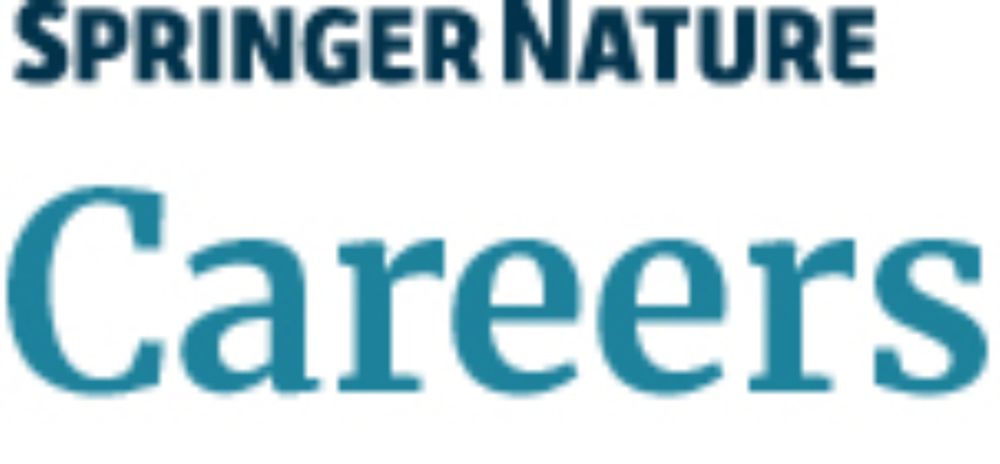
Help us push the boundaries of fluorescence microscopy - DNA nanotech, custom optics & spatial omics in Lausanne 🇨🇭. Start Jan 2026. Send CV + motivation + 2 refs → fschueder@ethz.ch
#PhD #Hiring #microscopy #SuperResolution #SpatialOmics #DNAPAINT #FLASHPAINT
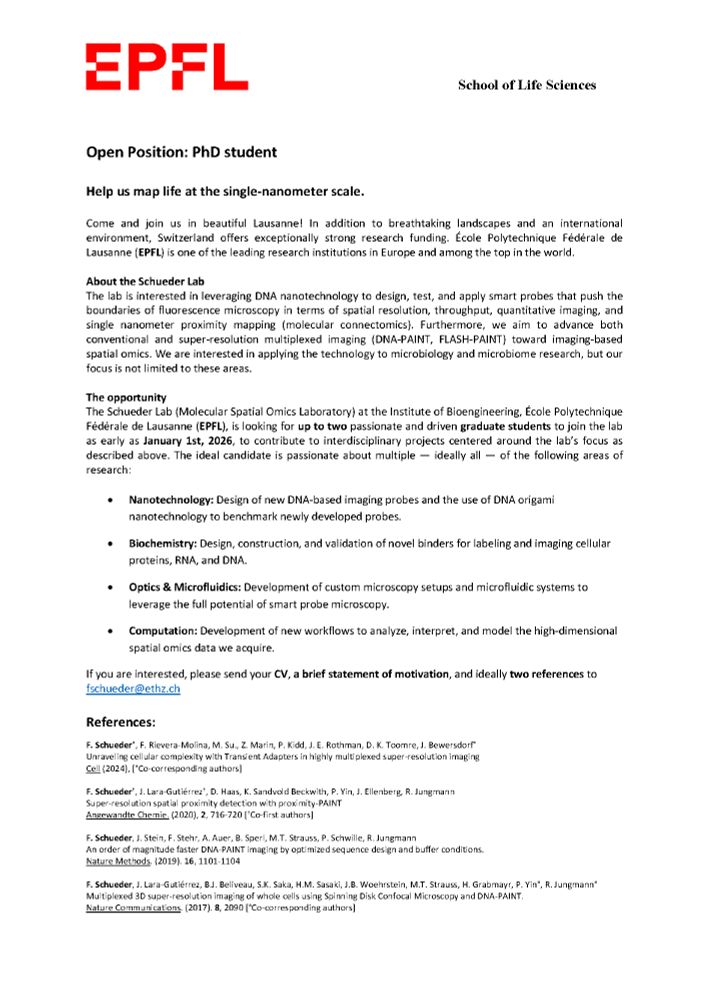
Help us push the boundaries of fluorescence microscopy - DNA nanotech, custom optics & spatial omics in Lausanne 🇨🇭. Start Jan 2026. Send CV + motivation + 2 refs → fschueder@ethz.ch
#PhD #Hiring #microscopy #SuperResolution #SpatialOmics #DNAPAINT #FLASHPAINT
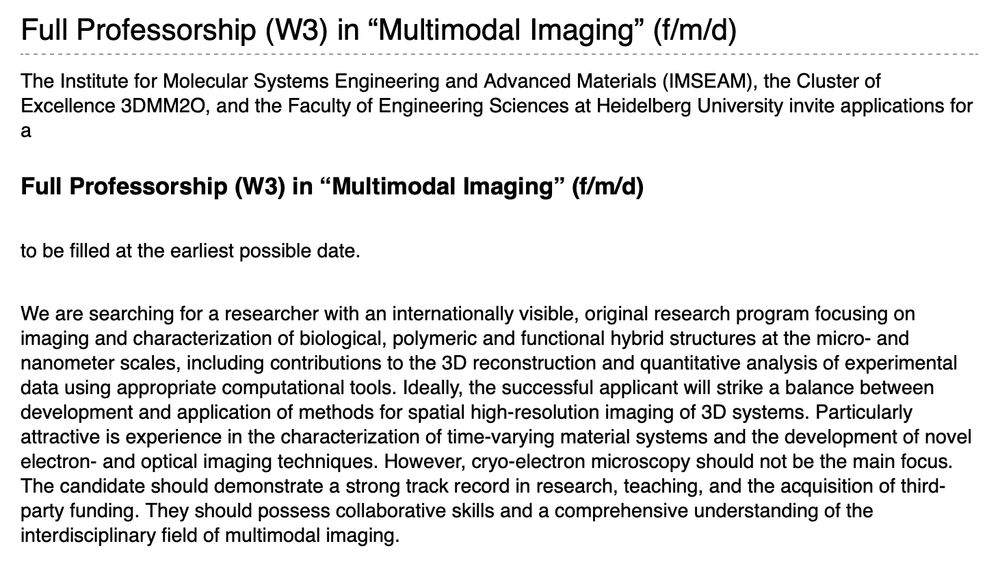
Check out the fantastic work by @steffi-k on SNAP-tag2 and @deensun3 on KinProLa in @natchembio.nature.com ⏬
We also released a great collab with @zhixingchen2 on the photophysics of self-labeling tags in @pnas.org. (1/4)
Check out the fantastic work by @steffi-k on SNAP-tag2 and @deensun3 on KinProLa in @natchembio.nature.com ⏬
We also released a great collab with @zhixingchen2 on the photophysics of self-labeling tags in @pnas.org. (1/4)
PDB users are strongly encouraged to make changes to software; use the full 12-character ID in all communications; and encourage others to adopt ASAP
Details at wwPDB: www.wwpdb.org/news/n...

PDB users are strongly encouraged to make changes to software; use the full 12-character ID in all communications; and encourage others to adopt ASAP
Details at wwPDB: www.wwpdb.org/news/n...
Never worked with them before and not sure if there are any reliable & affordable ones out there..? Reposts appreciated 🙏🙏
Never worked with them before and not sure if there are any reliable & affordable ones out there..? Reposts appreciated 🙏🙏
www.biorxiv.org/content/10.1...
Congratulations to Julian Kompa and the entire team.

www.biorxiv.org/content/10.1...
Congratulations to Julian Kompa and the entire team.
www.nature.com/articles/s41...
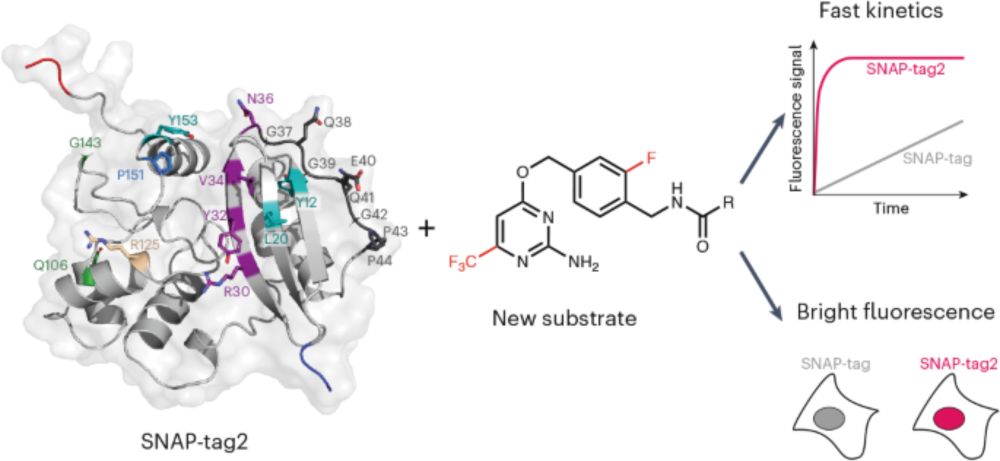
www.nature.com/articles/s41...
Congratulations to Yin-Hsi Lin!
Congratulations to Yin-Hsi Lin!
March 15th-20th 2026
Join us to learn everything you wanted to know about Fluorescent Markers for advanced microscopies.

March 15th-20th 2026
Join us to learn everything you wanted to know about Fluorescent Markers for advanced microscopies.
www.nature.com/articles/s41...
@spirochrome.com
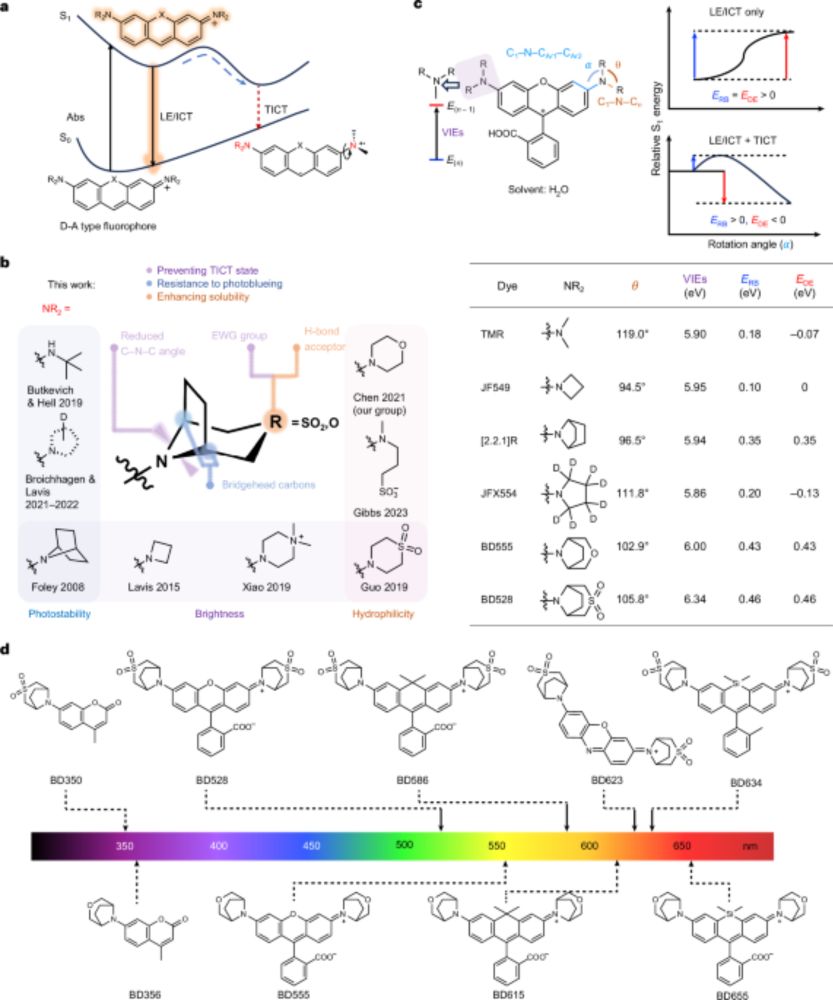
Looking forward to future fancy images and interesting biology! 🦠🔬
The Stephan Lab will use advanced bioimaging 🔬🧫 to explore how organelles collaborate to maintain subcellular architecture and metabolism.
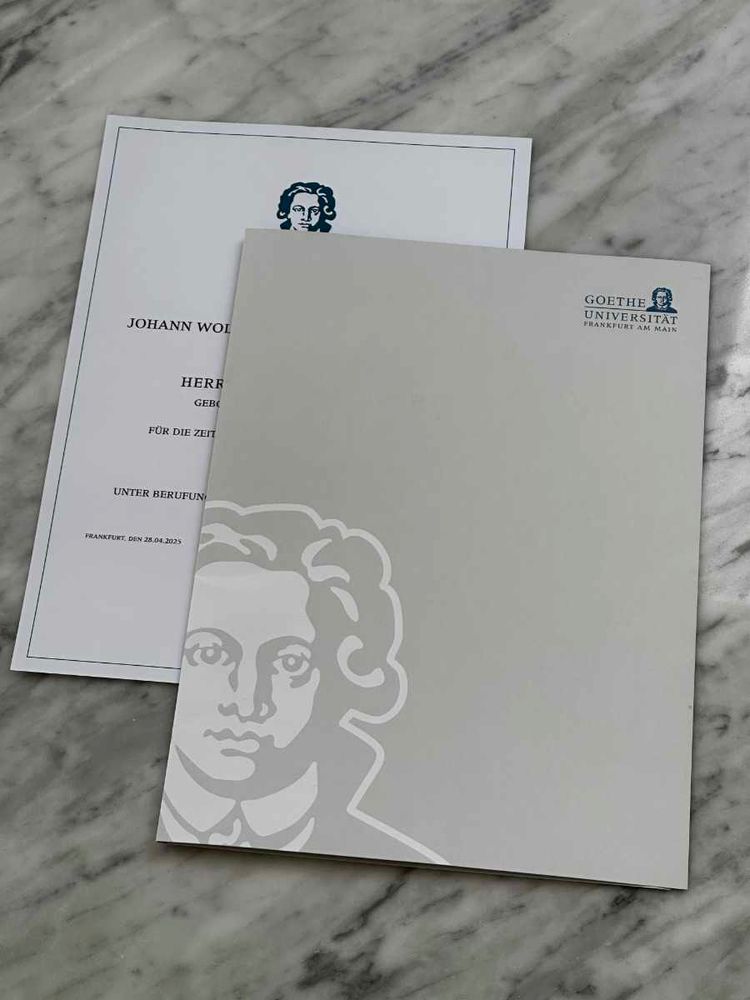
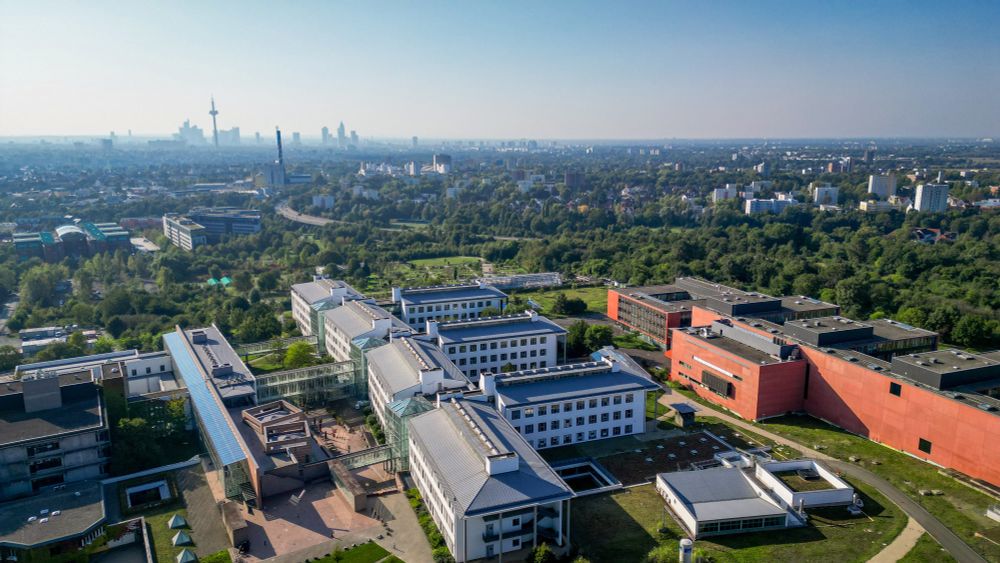
Looking forward to future fancy images and interesting biology! 🦠🔬
pubs.acs.org/doi/10.1021/... (1/5)

pubs.acs.org/doi/10.1021/... (1/5)
www.nature.com/articles/s41...

www.nature.com/articles/s41...
onlinelibrary.wiley.com/doi/10.1002/...

onlinelibrary.wiley.com/doi/10.1002/...

